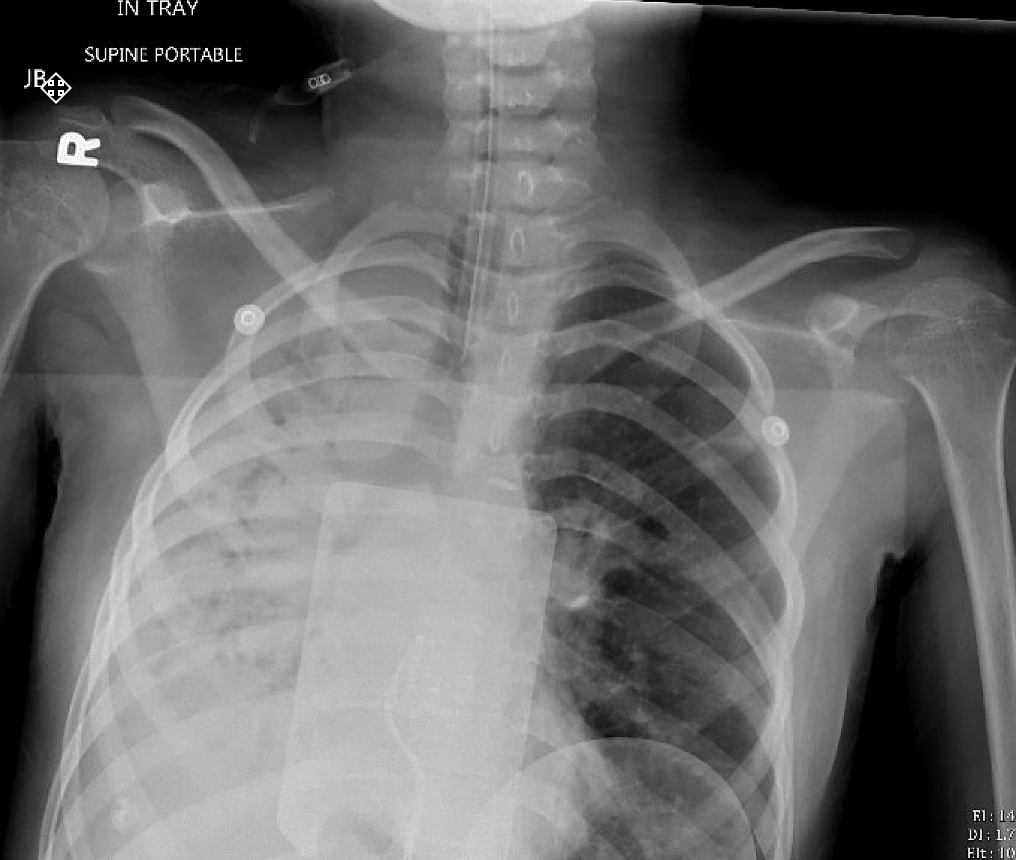Answer Options:
- Evidence regarding the benefits of screening adolescents for suicide risk is robust, and this evidence supports the idea of using screening tools for all adolescents presenting for a primary care visit.
- Evidence regarding the possible harms of screening adolescents for suicide risk is robust, and this evidence discredits the idea of using screening tools in primary care settings.
- Evidence to determine whether it is beneficial to screen the general asymptomatic population of adolescent for suicide risks is inadequate; thus, providers need not be concerned with screening any adolescents for suicide risk when they present for a primary care visit.
- Given that most adolescents who die by suicide have a psychiatric disorder and many have been seen recently in primary care, health care professionals should be aware of psychiatric problems in young patients and should consider asking these patients about suicidal ideation and referring them for therapy.
- The monetary cost of screening adolescents for suicide risk is substantial and the decision to screen must be made on a case-by-case basis
The best answer is option 4, which reflects the nuance: even without robust evidence to support universal screening, clinicians should maintain awareness of psychiatric disorders in adolescents, ask about suicidal ideation when appropriate, and facilitate referral when indicated. This balances the current lack of evidence for broad screening with the real-world clinical importance of vigilance and timely intervention.
Why This Question Is Often Missed
-
Conflating Depression and Suicide Screening
Many examinees recall that the USPSTF recommends screening adolescents for depression (a B-grade recommendation) and assume suicide‐risk screening is equally endorsed.
-
Overreading “Insufficient Evidence” as Negative
The USPSTF’s “insufficient evidence” (I-statement) often gets misinterpreted as an active recommendation against any screening, rather than a neutral position that still supports clinical vigilance.
What the Distractors Indicate
| Option | What It Tests / Implies | Why It’s Wrong Here |
|---|---|---|
| Evidence regarding the benefits of screening adolescents for suicide risk is robust, and this evidence supports the idea of using screening tools for all adolescents… | Recall of universal public‐health screening paradigms | Contradicts the USPSTF I-statement: there is no robust evidence for universal suicide‐risk screening uspreventiveservicestaskforce.org |
| Evidence regarding the possible harms of screening adolescents for suicide risk is robust, and this evidence discredits … | Understanding of potential screening harms (false positives, anxiety) | USPSTF found insufficient evidence for both benefits and harms, not robust harms alone uspreventiveservicestaskforce.org |
| Evidence to determine whether it is beneficial to screen the general asymptomatic population of adolescent for suicide risks is inadequate; thus, providers need not… | Recognition of insufficient evidence for universal screening | Overstates the “I” statement by implying no adolescent should ever be screened, ignoring case finding |
| Given that most adolescents who die by suicide have a psychiatric disorder… (Correct) | Clinical case‐finding focus; aligns with I-statement nuance | — |
| The monetary cost of screening adolescents for suicide risk is substantial and the decision to screen must be made on a case‐by‐case basis | Health‐economics approach to screening decisions | USPSTF explicitly does not consider cost in its I-statement; cost is not part of their rationale |
High-Yield Pearl
USPSTF I-statement ≠ “Don’t screen” – it means universal screening in asymptomatic adolescents lacks sufficient evidence; remain vigilant and screen those with psychiatric risk factors.
Core Learning Objectives
- Differentiate between USPSTF “I” statements and active recommendations, particularly for suicide‐risk screening in adolescents.
- Apply a case‐finding approach by identifying and asking about suicidality in adolescents with psychiatric symptoms or risk factors.
The “Test Trick” at Play
This item hinges on distinguishing the nuance of an “insufficient evidence” (I) recommendation from a blanket “do not screen” stance. The distractors play on examinees’ tendencies to overinterpret “insufficient” as either fully supportive of universal screening or completely prohibitive, whereas the correct approach is targeted case finding.
Additional FM Exam Practice Questions and Remediation
Family Medicine Practice Question 1
A 15-year-old girl with known major depressive disorder comes for a routine follow-up. She reports feeling “slightly better,” but you haven’t asked about suicidal thoughts in three visits. According to USPSTF guidance, what is your next step?
A. “I” statement precludes any suicide screening, so defer asking.
B. Ask directly about suicidal ideation and safety planning.
C. Schedule a universal screening visit with a standardized tool only if she requests it.
D. Refer immediately to psychiatry without further questioning.
Family Medicine Practice Question 2
A 13-year-old boy with ADHD and recent behavioral issues is brought in by his mother, who says he’s been sleeping poorly but denies mood changes. What best aligns with USPSTF suicide‐risk guidance?
A. Perform universal questionnaire screening on all asymptomatic adolescents.
B. Inquire about suicidal thoughts given his psychiatric history.
C. No need to ask unless he expresses hopelessness.
D. Schedule screening only at annual well visits.
Family Medicine Practice Question 3
A 17-year-old girl presents with new onset anxiety and panic attacks. She denies suicidal thoughts spontaneously. Your best approach per USPSTF is to:
A. Skip direct suicide questioning because she denied it initially.
B. Directly ask about suicidal ideation as part of psychiatric case finding.
C. Wait until her next visit to screen universally.
D. Order laboratory tests before any mental-health screening.
Family Medicine Practice Question 4
During a school‐based sports physical, you see a healthy, asymptomatic 14-year-old with no psychiatric history. According to USPSTF, how should you handle suicide‐risk screening?
A. No routine screening—insufficient evidence for universal screening.
B. Mandatory standardized tool for all adolescents in primary care.
C. Only screen if family history of suicide.
D. Automatically refer to mental-health counseling before clearance.
Family Medicine Practice Question 5
A 16-year-old boy with no prior psychiatric history presents for acne follow-up. He seems withdrawn but doesn’t volunteer mood concerns. What do guidelines support?
A. Universal screening at acne visits only if the dermatologist requests it.
B. Defer suicide‐risk screening unless asked.
C. Observe clinical warning signs and inquire about suicidality if present.
D. Refer to psychiatry regardless of symptomatology.
Mini Case Discussion Prompt
Compare the potential benefits and drawbacks of using a brief validated suicide‐risk screening instrument (e.g., PHQ-9 question 9) at every adolescent well visit versus relying solely on clinician‐directed inquiry based on psychiatric history and risk factors.
This question appears in Med-Challenger Family Medicine Review with CME
Try for free and save. Ace your exams and meet your CME/MOC requirements for just $35 a month!
No matter your program, no matter the size, Med-Challenger for Groups and Institutions can better prepare your program or group, fulfill industry requirements, and increase test scores.







%20and%20bone%20mineral%20density%20(BMD)-3.jpeg)
